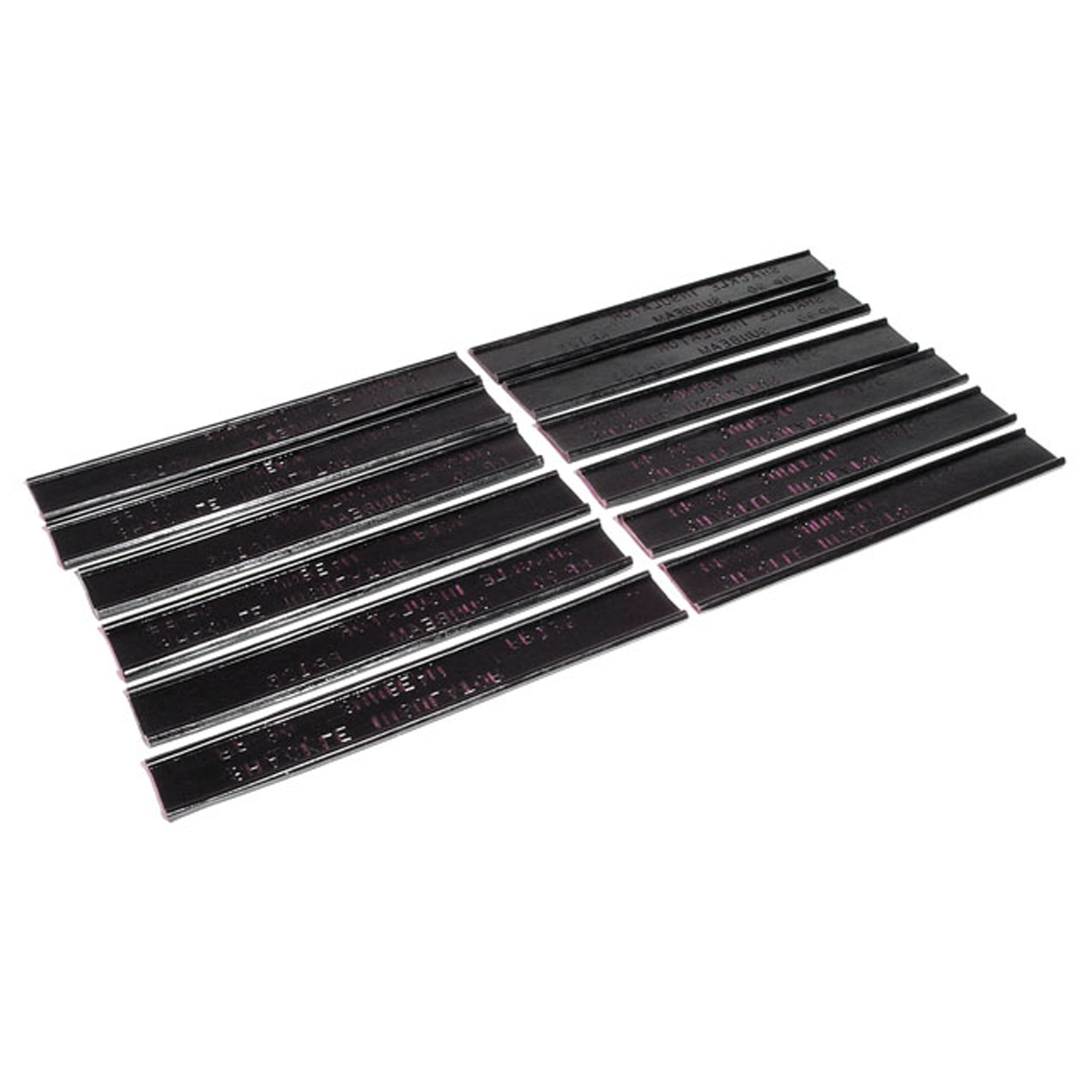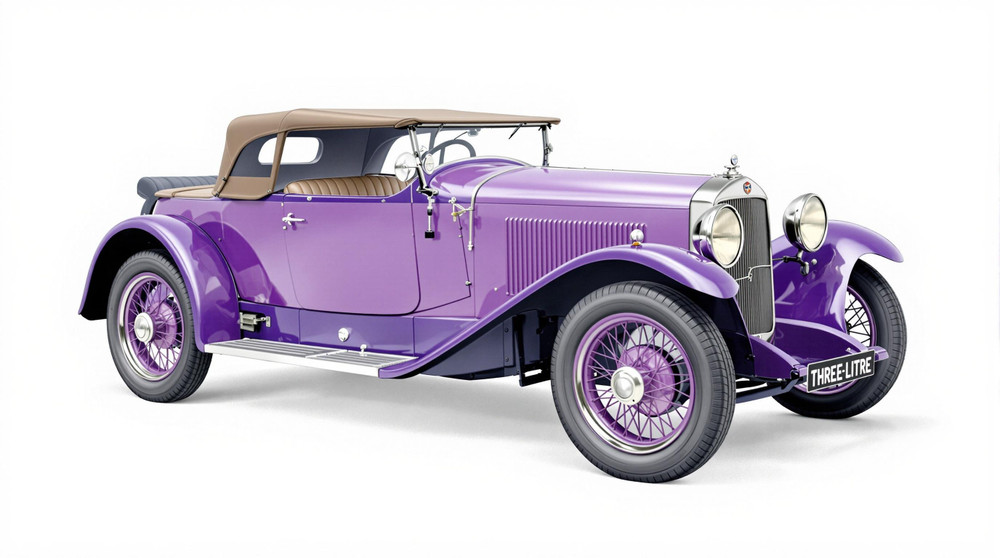Image of 1927 Sunbeam Three-Litre, Note: These illustrations use artistic license and may differ from actual historical models.
Performance Metrics
Fundamental Metrics
Emotional Appeal
MMP Rating
| Engine Specifications | |
|---|---|
| Engine: | 6-cylinder in-line, overhead valves |
| Displacement: | 3.0 Litres |
| Horsepower: | Estimated 50-60 HP |
| Torque: | Not available |
| Compression Ratio: | Not available |
| Ignition System: | Magneto ignition |
| Cooling System: | Water-cooled |
| Performance Specifications | |
| 0-60 Time: | Not available |
| 1/4 Mile Time: | Not available |
| Top Speed: | 75-85 mph |
| Transmission and Drive | |
| Drive Type: | Rear-wheel drive |
| Transmission Type: | 4-speed manual |
| Fuel and Efficiency | |
| Fuel System Type: | Carburetor |
| MPG: | Not available |
| Dimensions and Brakes | |
| Brakes: | Drum brakes |
| Wheelbase: | 130 inches |
| Weight: | 3000 lbs |
Note: Specifications for classic cars are given to the best of our ability, considering the limited and variant data available.
Unveiling the 1927 Sunbeam Three-Litre: A Pioneering Spirit on Wheels
The 1927 Sunbeam Three-Litre not only embodies the elegance of pre-war motoring but also marks a significant chapter in automotive history. Born from the illustrious Sunbeam Motor Car Company, this vehicle emerged during an era of remarkable innovation and craftsmanship. As a testament to its pedigree, one of its most enthralling moments was when a modified version set a land speed record in 1926, piloted by the legendary Sir Henry Segrave.
Design and Innovation: A Harmony of Form and Function
The Sunbeam Three-Litre's exterior radiates a timeless allure, with its long bonnet and classic open-tourer design. The vehicle's imposing grille and round headlamps exude an air of sophistication that was the hallmark of the 1920s automotive landscape. Inside, passengers were treated to an opulence of materials, including rich leather upholstery and polished wood accents that spoke volumes of its luxury status. Technologically, it boasted advanced features such as four-wheel brakes—a rarity for its time—placing it at the forefront of vehicular safety and performance. Color options were typically bespoke, with deep blues and rich greens being popular among the discerning clientele. Of the body styles available, the tourer was particularly iconic, offering both style and practicality.
Historical Significance: The Sunbeam Legacy
The Sunbeam Three-Litre was more than just a car; it was a symbol of progress. It distinguished itself from peers with its engineering prowess and luxury appointments, setting a benchmark for future grand tourers. The car's influence can be seen in subsequent designs that prioritized comfort without sacrificing performance—a philosophy that continues to resonate in today's automotive industry.
Performance and Handling: Grace Meets Pace
Under the bonnet lay a robust six-cylinder engine capable of propelling this grand automobile to impressive speeds for its time. Though exact figures vary, top speeds approached 70-80 mph—a remarkable feat in the 1920s. On the road, the Sunbeam Three-Litre handled with poise, absorbing imperfections while delivering a sense of connection with the road that modern drivers can only dream of. The symphony of its engine provided an acoustic backdrop to journeys that were as much about the experience as they were about transportation.
Ownership Experience: A Multifaceted Jewel
Owners of the Sunbeam Three-Litre enjoyed a versatile machine—equally at home on country lanes as it was on show fields or even racetracks in period-appropriate events. Maintenance required a dedicated hand, typical for vehicles of its age, but reliability was commendable when kept in good order. Parts could be scarce, but a network of enthusiasts often provided support for those willing to undertake its stewardship.
Fun Facts: The Sunbeam's Storied Life
Beyond its mechanical achievements, the Sunbeam Three-Litre has graced various walks of life—from aristocratic driveways to cinematic features. Criticisms were few but often pointed towards its costliness and exclusivity, limiting its reach to only the most affluent buyers.
Collector's Information: A Coveted Classic
Today, estimating production numbers remains challenging due to limited records; however, it is believed that only a few hundred units were crafted. As for value range, pristine examples could fetch well into six figures at auction due to their rarity and historical importance. The market has seen a steady appreciation for models like these—testaments to automotive artistry.
Conclusion: Celebrating Automotive Heritage
The 1927 Sunbeam Three-Litre stands as an enduring icon—an exquisite representation of its era's ambition and elegance. Its story is one of triumphs on both roads and racetracks, leaving an indelible mark on automotive history that continues to captivate collectors and enthusiasts alike.
1927 Sunbeam Three-Litre Catalog of Parts
 1927 Sunbeam THREE-LITRE Spring Shackle Rubber Insulators-RP 125Spring Shackle Rubber Insulators. 1" wide X 6-3/4" long each. 12-Piece Set
1927 Sunbeam THREE-LITRE Spring Shackle Rubber Insulators-RP 125Spring Shackle Rubber Insulators. 1" wide X 6-3/4" long each. 12-Piece SetWhy Choose Metro?
For over 100 years, Metro Moulded Parts has been the pinnacle of quality in classic car restoration parts. Our commitment to precision and authenticity in every component ensures a perfect fit and an OEM-level appearance.
- Expert Craftsmanship & Quality: Each part is a testament to our dedication to reliability and perfection, crafted from original designs and thoroughly tested.
- Advanced Technology: We use cutting-edge techniques to create flawless, long-lasting parts that surpass others in performance.
- SuperSoft Sponge – The Ultimate Door Seal: Not only are our door seals 30% softer than competitors', but they're also guaranteed to never leak. They effectively reduce wind and road noise, enhancing your classic car's comfort and driving experience.
- Proudly American: Our parts are a product of American craftsmanship, made in the USA with a spirit of excellence and heritage.
- Unrivaled Warranty: We back our products with a 30-year industry-leading warranty, a testament to our confidence in their quality.
Join us in preserving the legacy of classic cars with parts that are crafted for perfection, not just made.

